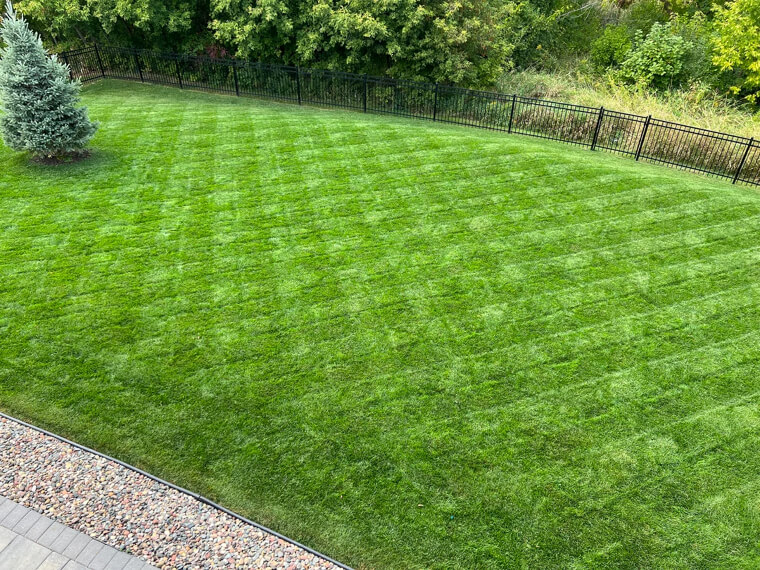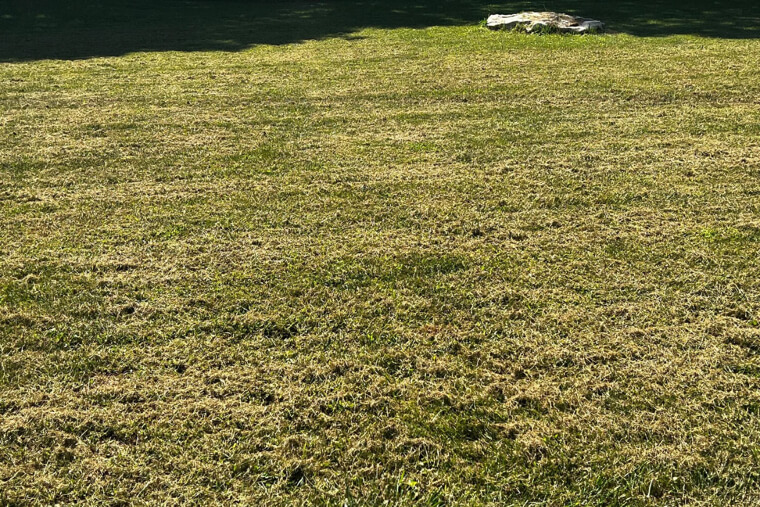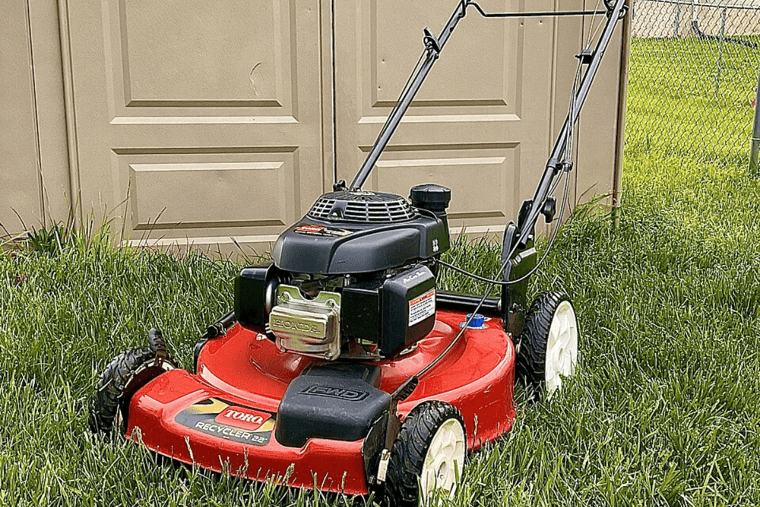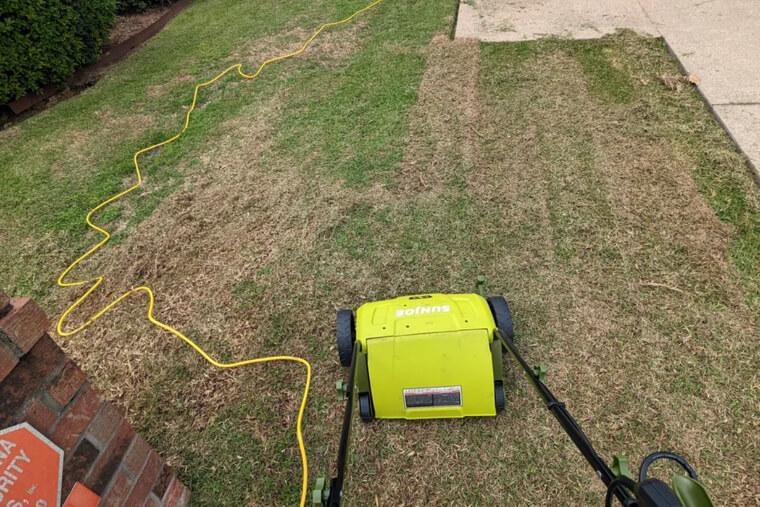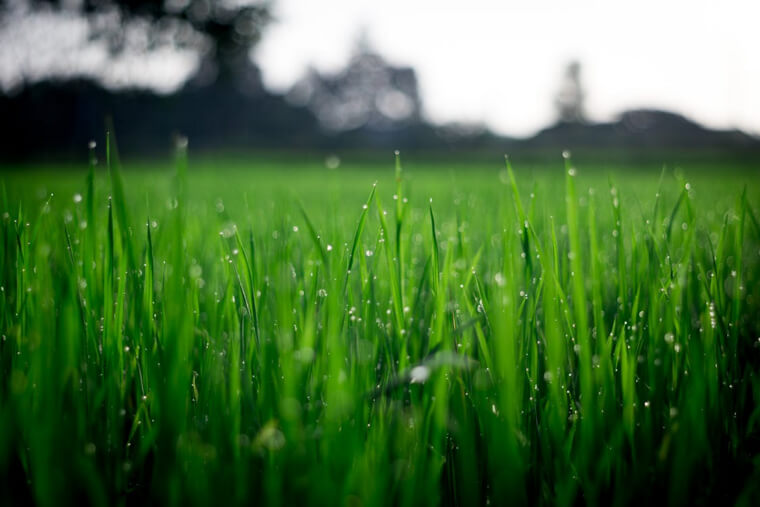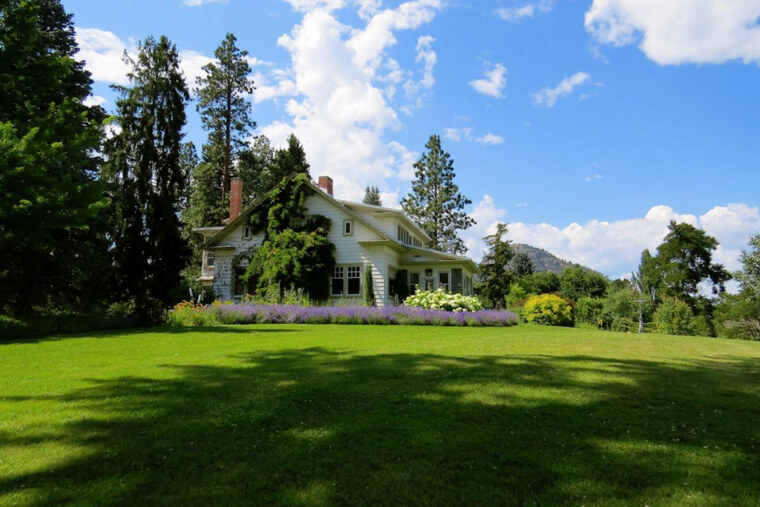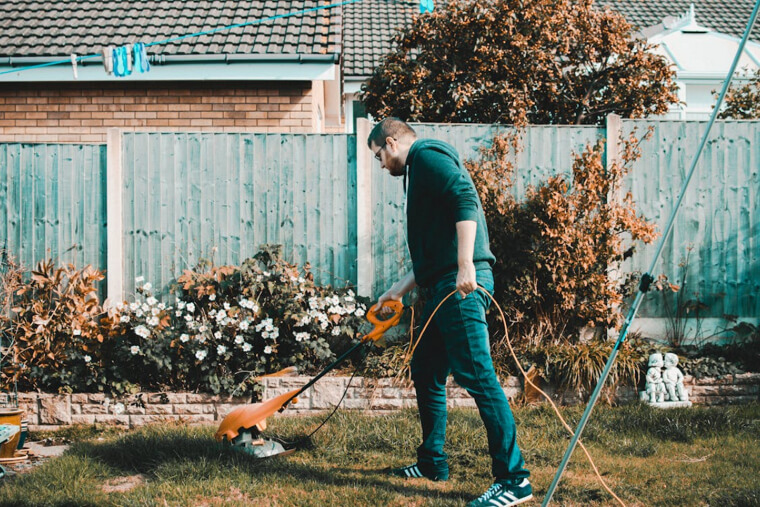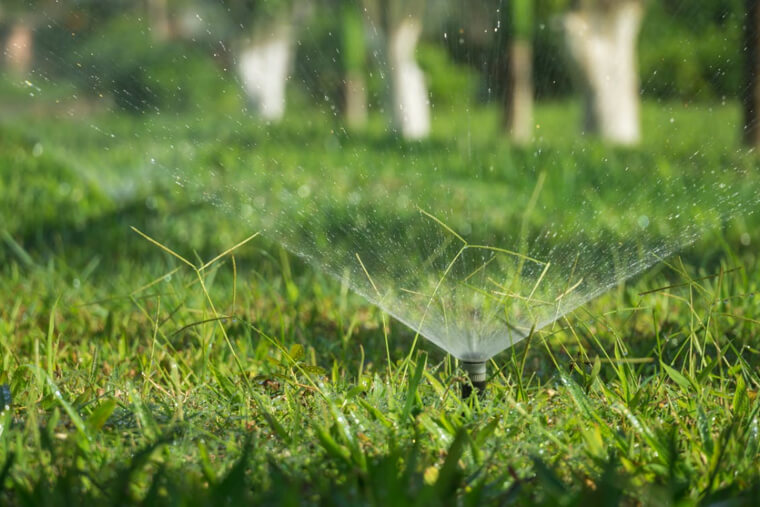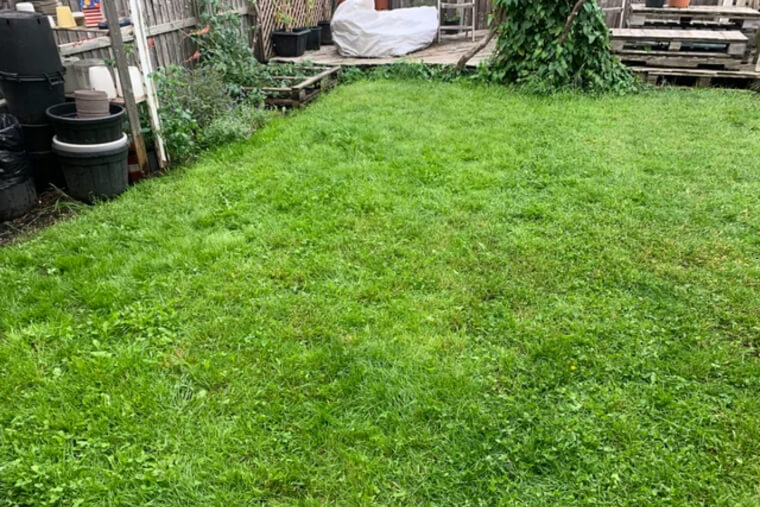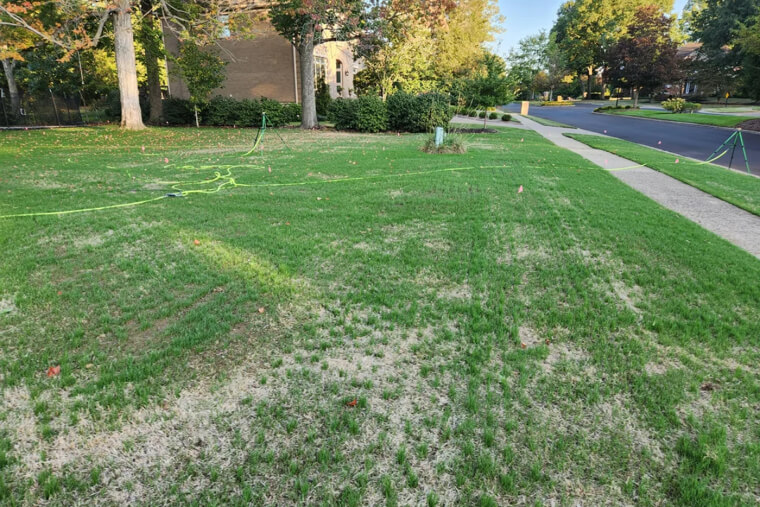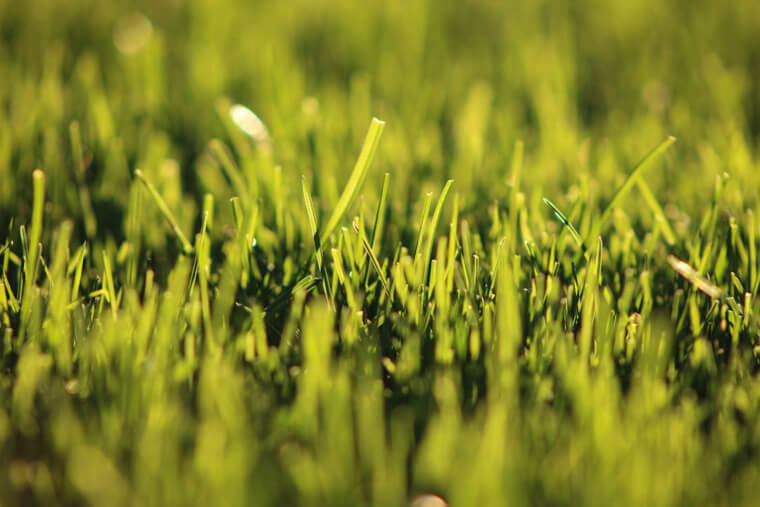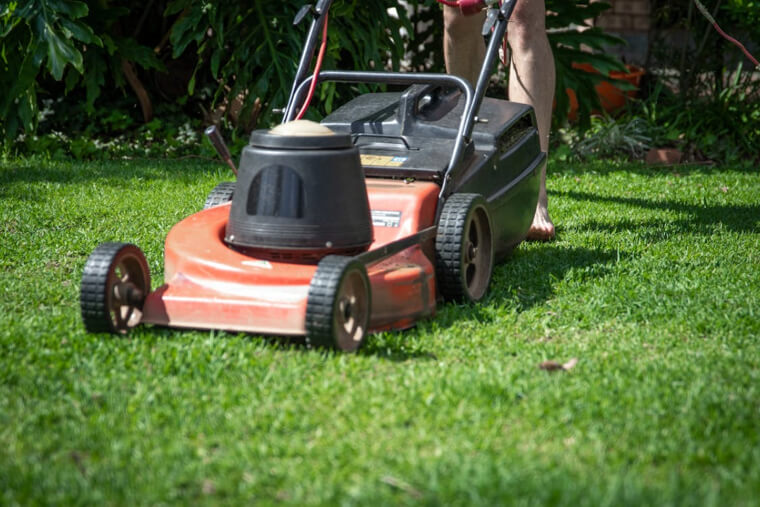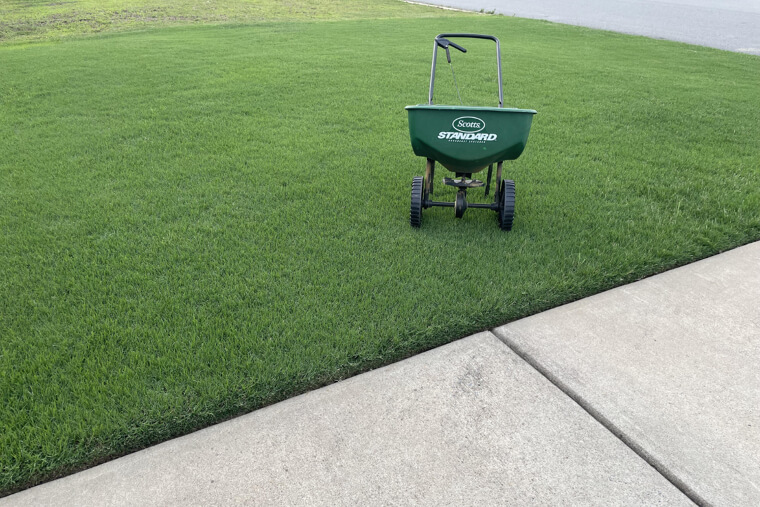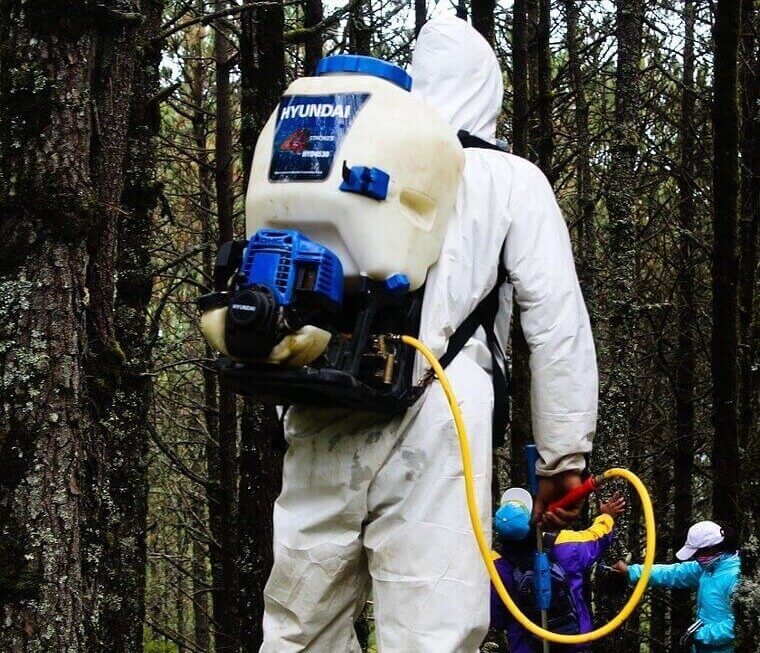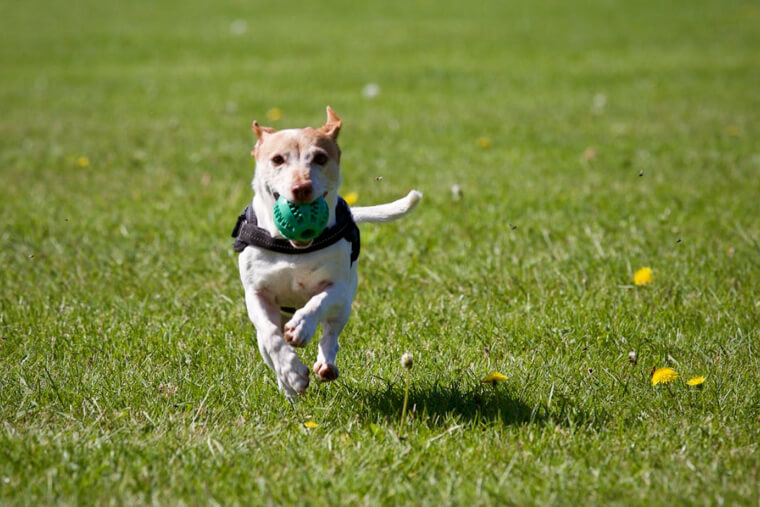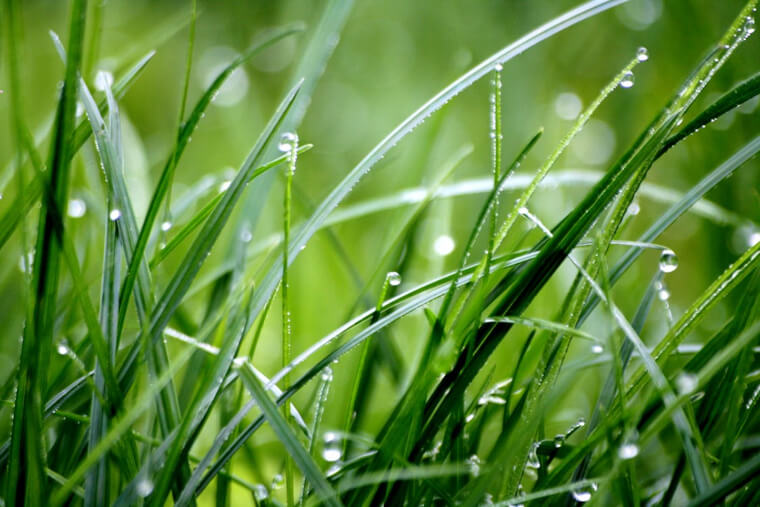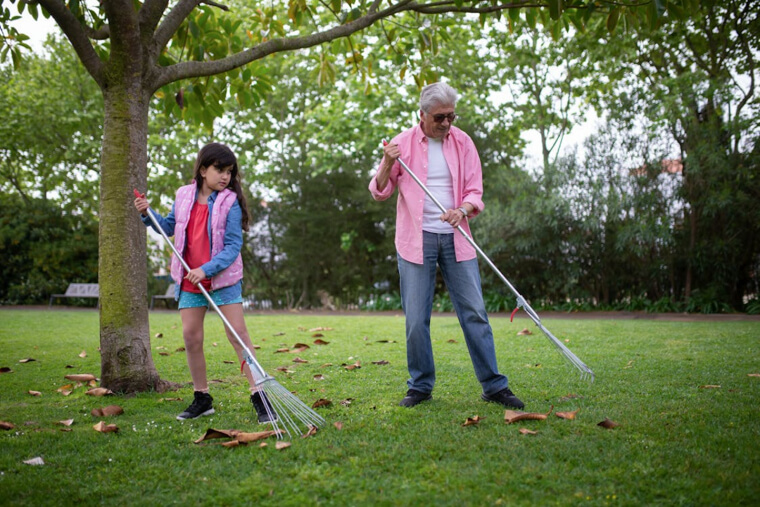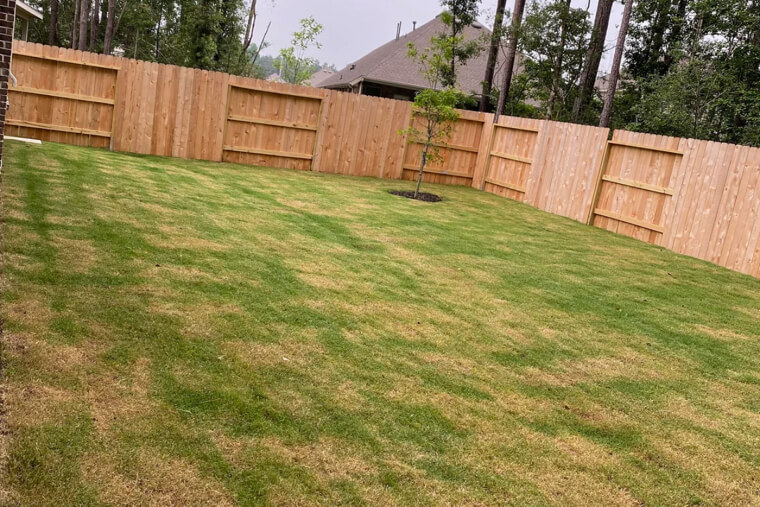The Lawn Sets the Tone for the Rest of the House
This might seem like a stretch, but your lawn is the first thing someone sees as they walk into the house. A neat, tidy, well-maintained lawn gives the impression of a well-maintained home. Here are some absolute don’ts of lawn maintenance to help you set the right tone.
Forgetting to Aerate
Regular watering can lead to compacting of the topsoil of the lawn, making it difficult for air and vital nutrients to penetrate beneath the grass roots. The cure for this is just remembering to aerate the grass once a year, ideally before spring or fall.
Removing Grass Clippings
This is one of those things where you need to find a middle ground. Leaving some grass clipping (especially short ones) can act like a natural fertilizer for your lawn, but if you leave too many, it can lead to clumping and damage.
Using a Dull Blade for the Lawnmower
Spending the time to sharpen your mower blades can be the difference between a lush green lawn and a brown, decaying one. Dull blades rip the grass rather than slicing it clean, leaving it more prone to stress and disease.
Ignoring Dethatching
Thatch is a layer that builds on top of your soil because of decomposing materials like excess grass clippings. It can essentially suffocate your lawn to death. If there’s a thatch build up thicker than three-quarters of an inch, it’s time to rent a dethatcher and take care of it.
Planting the Wrong Grass
Assuming that all types of grasses can grow anywhere, regardless of location and weather, is one of the most common mistakes people make. Before you seed the soil, make sure you’re using a grass that can tolerate local temperatures and changes in rainfall.
Not Planning for Shady Areas
Most people just assume that grass won’t grow well in the shade and give up. In reality, to grow healthy grass in shade, all you need are cool-season grass seeds. Choosing seeds over sods makes sense because sods are grown in open fields, more favourable to sun-loving grass.
Waiting Too Long Between Mowings
If you let your grass get too long and then decide to cut it all at once on one fine day, it is going to stress your grass and make it weaker. Mow the lawn when your grass gets taller than 2.5 inches.
Not Checking Soil Moisture
Watering the lawn willy-nilly is not going to give you a healthy green lawn. When watering, make sure to see how much water has actually penetrated the grass roots. If the water has reached three to four inches into the soil, you’re good.
Watering Every Day
Another common watering mistake, doing this can lead to a clumpy, mulchy lawn. Too much water can damage the grass roots and kill your lawn. For the best result, you should check the soil moisture and water only when needed—usually just once or twice per week.
Not Reseeding the Lawn
No matter how hard you try, sometimes, your lawn just won’t grow the way you want it to. The best course, in such a situation, is to reseed the lawn altogether. This means pulling out all existing grass and weeds and starting over with fresh seeds.
Cutting Grass Too Short
The blade of the grass is where all the nutrition for the roots is made, which is why cutting it too short can starve and kill the grass. For the best results, look up the optimal height for the type of grass in your lawn.
Always Mowing in the Same Direction
If you keep mowing in one direction, eventually, your grass will start growing at an angle in the shape of the mower blades. To avoid this, mow the lawn in a different direction every time—black to front, front to back, left to right, right to left, and so on.
Over-Fertilising Shady Areas
Usually, shady areas of the lawn struggle to grow, so people add more fertilizer there, but this only ends up killing the grass faster. Grass growing in the shade needs only about half the amount of fertiliser as other areas. Over-fertilising can burn the root of the grass and kill it.
Not Using Broadleaf Herbicides Properly
Herbicides need to be applied when weeds are growing. That means if the weather is too cold (i.e., the weeds aren’t growing), the chemical won’t work. In too much heat, it will stress out the grass roots.
Ignoring Pet Areas
If you’re a dog owner, you know their favourite spots in the lawn. Turns out, these spots will need more TLC than you think. Consistent deposition of animal urine can lead to brown spots. Replanting the grass in the damaged areas is the only way to fix this problem.
Removing All Fallen Leaves
Like grass clippings, leaving a few stray leaves decomposing on the lawn is a great way to add nutrients to the soil. It can even help prevent the growth of weeds. Mulching up fallen leaves and adding them to the soil is the best use of them.
Mowing Wet Grass
One of the biggest absolute no-nos of lawn maintenance, mowing wet grass can damage your lawn and your equipment. It can leave burn spots on your lawn and cover the underside of your mower in a thick, wet mat that is difficult to clean out.
Skipping on the Compost
Compost isn’t just for gardening. It has a place in lawn maintenance as well. High-quality compost works wonders in reviving dead or dying soil. Adding a half-inch layer and working it in with a rake, right after aeration, is the best way to make compost work for your lawn.
Using Excess Fertilizers
People often fall into the trap of thinking that more fertilizer means more growth, but that is never the case. Using an excessive amount of fertilizers only works to pollute the groundwater supply; it doesn’t add more nutrition to your lawn grass. In fact, excess use of some fertilizers can burn and kill your lawn.

